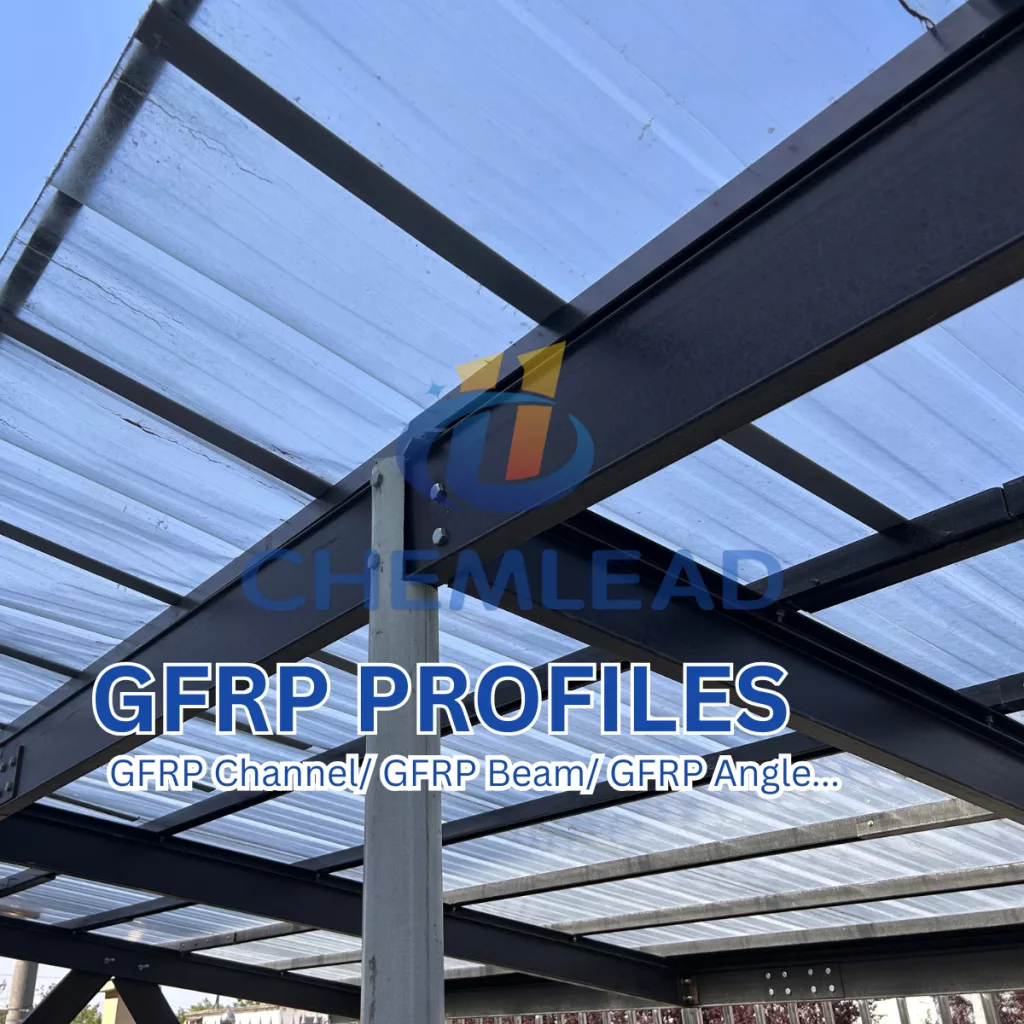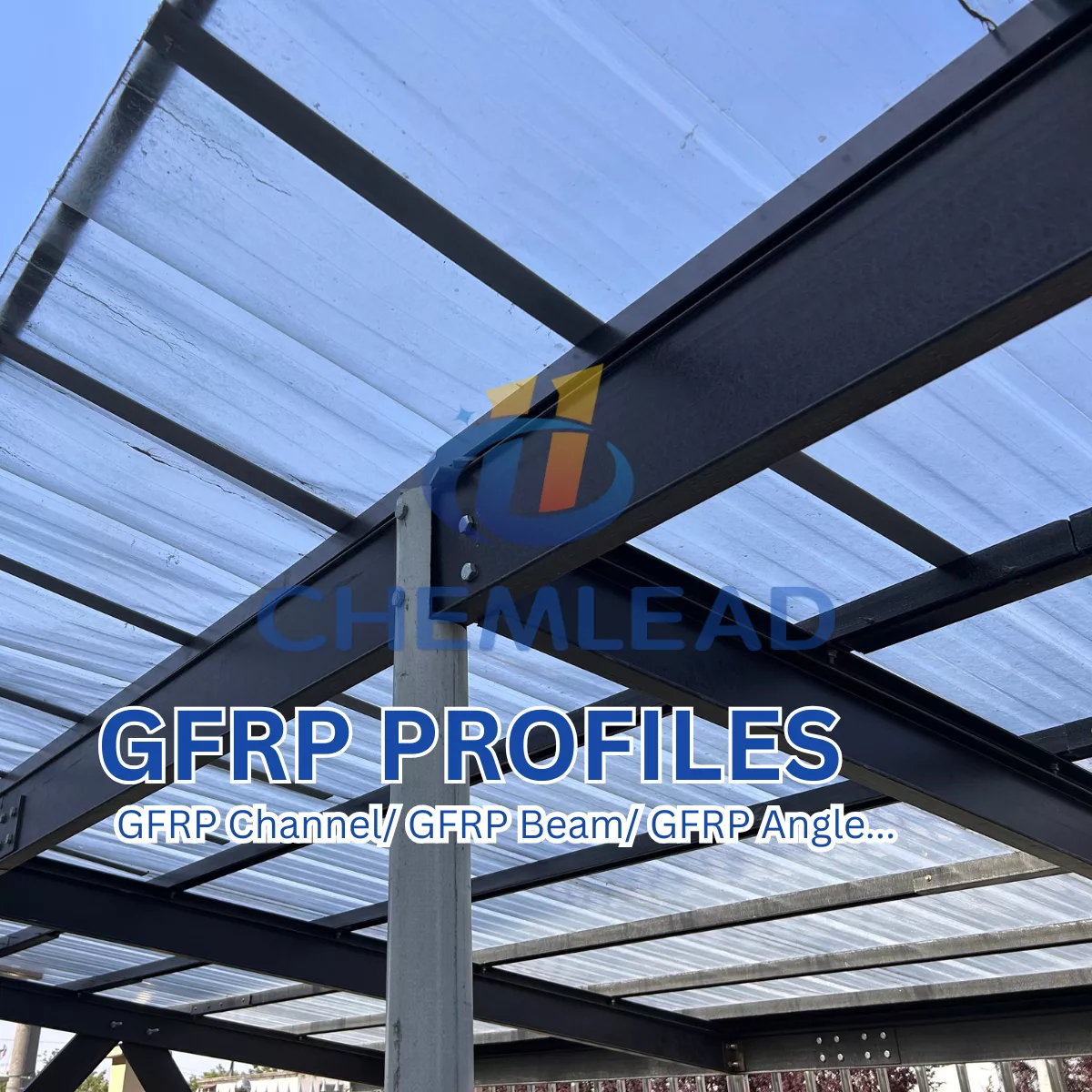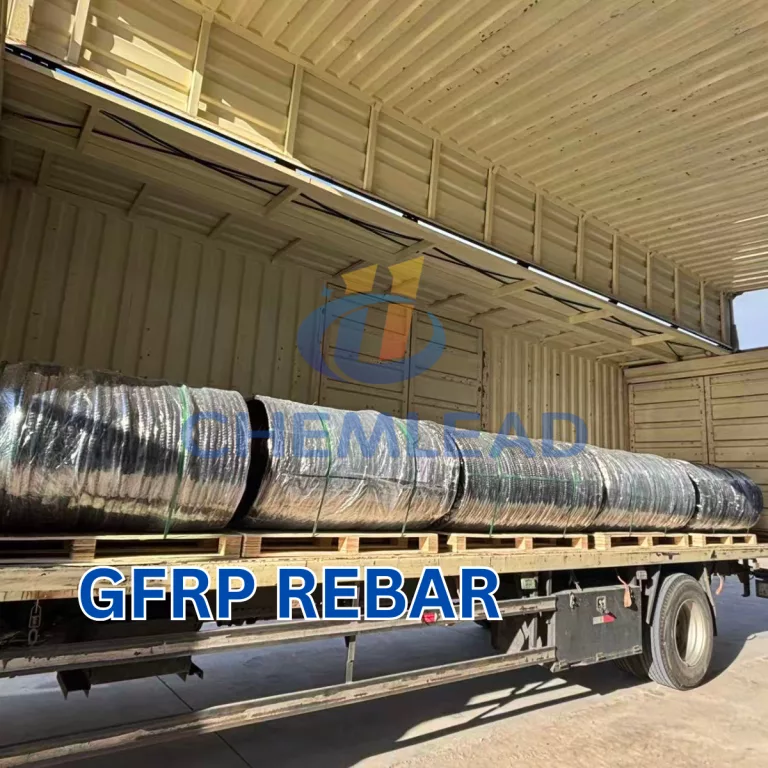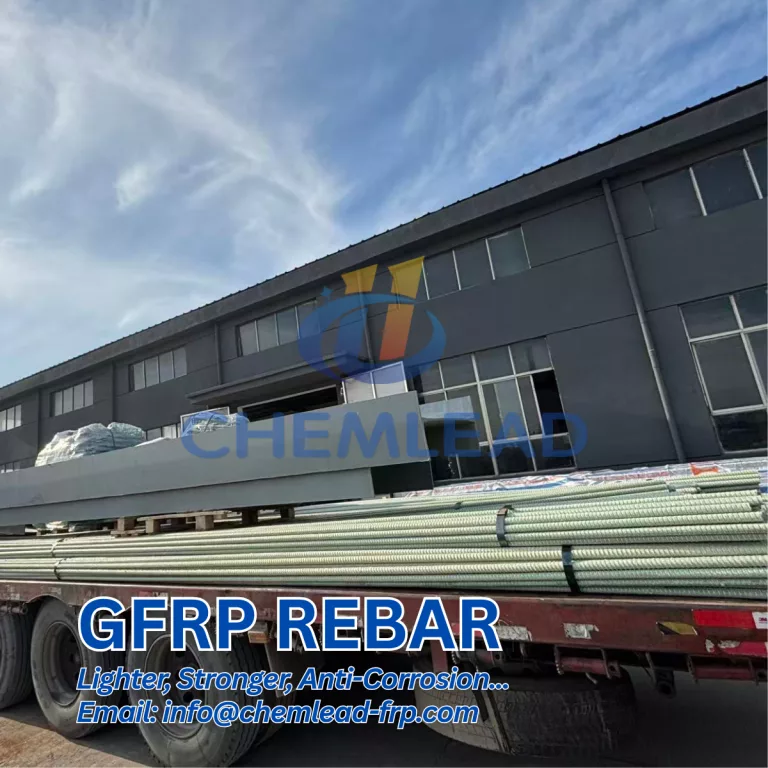+8613776545860

As industries demand stronger, more durable, and corrosion-resistant building materials, traditional steel is no longer the only choice. Fiberglass structural profiles—including beams, channels, and angles—are now widely used in projects that require long service life, low maintenance, and reliable performance under harsh conditions.
Engineers and contractors around the world are turning to FRP (Fiber Reinforced Polymer) structural profiles as a superior alternative to steel—especially in environments where moisture, chemicals, and extreme weather accelerate corrosion.
What Are Fiberglass Structural Profiles?
Fiberglass structural profiles are pultruded composite shapes made from continuous glass fibers and high-performance resin. This combination creates a lightweight, high-strength material that maintains excellent structural properties even under demanding conditions.
Common fiberglass structural shapes include:
-
FRP beams (I-beams, H-beams, wide flange beams)
-
FRP channels
-
FRP angles and unequal angles
-
FRP square tubes and rectangular tubes
-
Custom structural profiles
These profiles are designed to provide long-term durability in environments where metal components typically degrade.
Key Benefits of Fiberglass Structural Profiles
1. Corrosion Resistant — Built for Harsh Environments
Metal corrosion leads to expensive maintenance, reduced strength, and shorter lifespan.
FRP profiles are resistant to:
-
Saltwater
-
Industrial chemicals
-
Humidity and moisture
-
Acidic or alkaline environments
This makes fiberglass an ideal choice for:
-
Coastal structures
-
Wastewater facilities
-
Chemical plants
-
Outdoor equipment supports
2. Lightweight Yet Strong — Easier, Faster Installation
Fiberglass profiles are up to 75% lighter than steel, allowing easier transport and installation without heavy machinery.
Benefits include:
-
Lower labor cost
-
Faster assembly
-
Simplified handling at construction sites
-
Reduced structural load on existing infrastructure
Despite their low weight, FRP beams and channels provide excellent mechanical strength suitable for structural applications.
3. Electrical & Thermal Insulation — Safer for Power Systems
FRP is non-conductive, non-magnetic, and offers excellent thermal insulation. This provides a major safety advantage for:
-
Power stations
-
Substations
-
Transformer areas
-
High-voltage environments
Unlike steel, fiberglass profiles eliminate electrical hazards and avoid interference with sensitive equipment.
4. Long Service Life — Minimal Maintenance
Where metal requires painting, anti-corrosion coating, and frequent replacement, FRP structural profiles require almost no maintenance over decades.
Advantages:
-
Resistant to UV and weathering
-
No rusting or rotting
-
Extremely low lifecycle cost
This makes fiberglass a cost-effective long-term investment for modern infrastructure.





 Get Free Quote Now! Don’t Hesitate!
Get Free Quote Now! Don’t Hesitate!